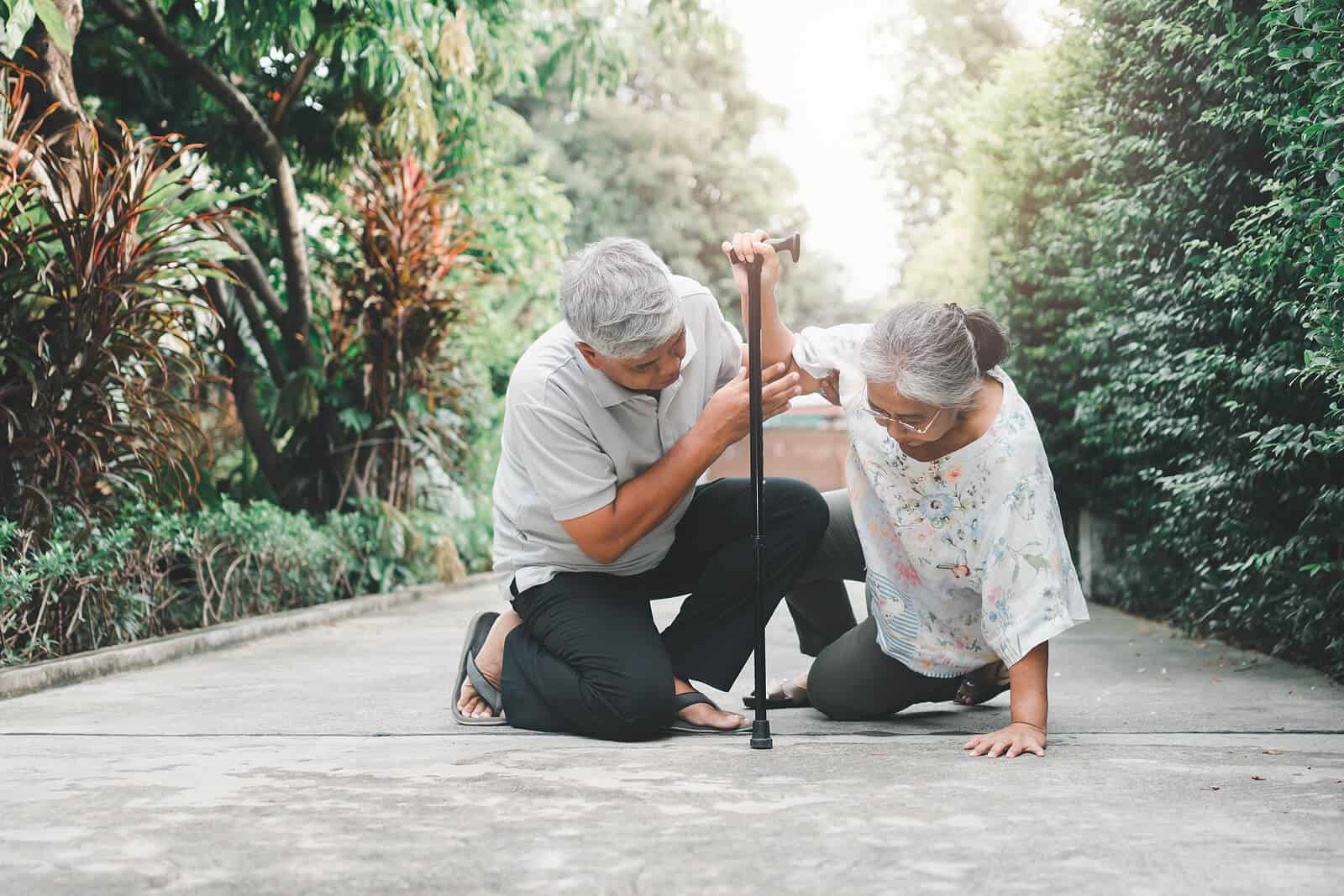
In the realm of hearing health, we often focus on the significance of preserving our auditory experience, enhancing communication, and improving overall quality of life. However, there’s an aspect of hearing health that goes beyond conversations and music – it’s about keeping us safe from the unexpected hazards of daily life. In this article, we will delve into how hearing aids, with their latest advancements and potential futuristic interventions, play a pivotal role in preventing falls and accidents, underscoring the critical importance of early detection and management.
The Connection Between Hearing and Balance
The intricate connection between our hearing and balance systems is a fascinating and, at times, overlooked aspect of our sensory perception. To understand how hearing aids can be a safeguard against falls and accidents, we must first appreciate this connection.
Our inner ear, besides housing the organs responsible for hearing, also contains the vestibular system, which helps us maintain balance and spatial orientation. The cochlea, responsible for hearing, and the semicircular canals, responsible for balance, share a common fluid-filled space. When hearing loss occurs, this delicate balance can be disrupted, leading to compromised equilibrium.
Early Detection: The Key to Prevention
The importance of early detection of hearing loss cannot be overstated. Hearing loss is often insidious, creeping into our lives gradually, and is frequently ignored or attributed to the natural aging process. However, research has shown that untreated hearing loss can significantly increase the risk of falls and accidents.
A study published in JAMA Otolaryngology-Head & Neck Surgery in 2019 revealed that individuals with untreated hearing loss were almost three times more likely to experience accidental injuries compared to those with normal hearing. The reasons behind this heightened risk are multifaceted, ranging from reduced awareness of environmental sounds to impaired communication and social isolation, which can affect our mental and emotional well-being.
Hearing Aids: The Unseen Guardian
For those with hearing loss, hearing aids are the unsung heroes that can make a profound difference in their lives. Modern hearing aids have evolved beyond simple amplification devices. They now incorporate cutting-edge technology to enhance sound quality, speech recognition, and even connectivity to smartphones and other devices. These advancements not only improve communication but also help prevent accidents.
Environmental Awareness
Hearing aids are equipped with directional microphones and noise-reduction features, allowing wearers to better focus on the sounds that matter while filtering out background noise. This enhanced environmental awareness can help individuals detect potential hazards such as approaching vehicles, sirens, or alarms more effectively.
Balance Improvement
Some hearing aids are designed with built-in accelerometers that can detect changes in a wearer’s posture and movement. By continuously monitoring these parameters, these hearing aids can provide real-time feedback to the wearer, helping them maintain better balance and avoid falls.
Connectivity and Alerts
With the advent of Bluetooth technology, hearing aids can be paired with smartphones and smart home devices. This connectivity enables wearers to receive alerts and notifications directly through their hearing aids. For instance, they can be alerted to a phone call, a fire alarm, or even a doorbell ring, reducing the risk of missing important cues in their environment.
Fall Detection
Researchers are also exploring the integration of fall detection algorithms within hearing aids. These algorithms can analyze a wearer’s movement patterns and provide alerts or notifications to caregivers or emergency services in the event of a fall, ensuring timely assistance.
The Future of Hearing Aid Technology
Looking ahead, the future of hearing aid technology holds even more promise for fall prevention. Researchers are actively working on developing advanced sensors and artificial intelligence algorithms that can predict and prevent falls by analyzing a wearer’s gait, posture, and movement in real-time.
Additionally, emerging technologies like augmented reality (AR) and virtual reality (VR) may be integrated into hearing aids to provide wearers with enhanced spatial awareness and navigation assistance, further reducing the risk of accidents.
Hearing aids have come a long way from being mere devices that amplify sound. They have evolved into multifunctional tools that not only improve communication but also serve as guardians against falls and accidents. As hearing professionals, it is our duty to stress the importance of early detection and management of hearing loss. By doing so, we empower individuals to embrace the benefits of modern hearing aid technology and, in turn, lead safer, more fulfilling lives.
As we continue to witness remarkable advancements in the field of hearing health, let us remember that the true value of hearing aids extends far beyond the restoration of sound. They are the invisible protectors, the unseen guardians, and the keys to a world where safety, communication, and well-being go hand in hand.
- How to Overcome Your Fear of Hearing Health - July 17, 2024
- Helping Your Partner Realize Their Potential Hearing Loss - July 3, 2024
- Why You Should Book a Professional Ear Cleaning - June 28, 2024
Request a Callback
That’s why we have a hearing care expert available to help.
If you have a question, or would like to speak to a professional privately about the challenges that you may be facing, then simply request a callback and we’ll call you for a friendly no-obligation conversation.
